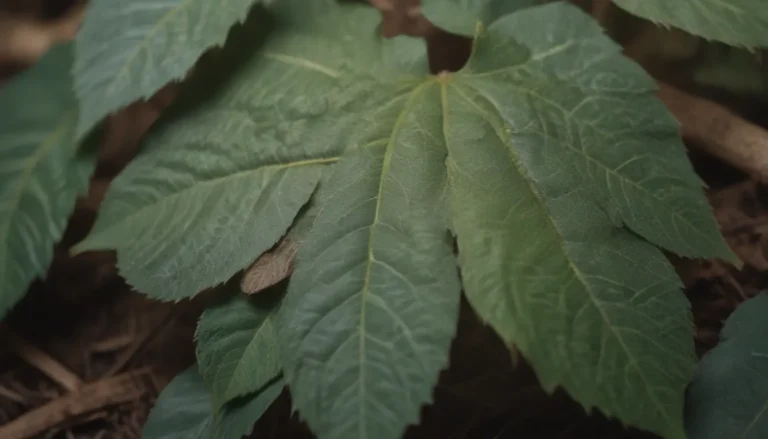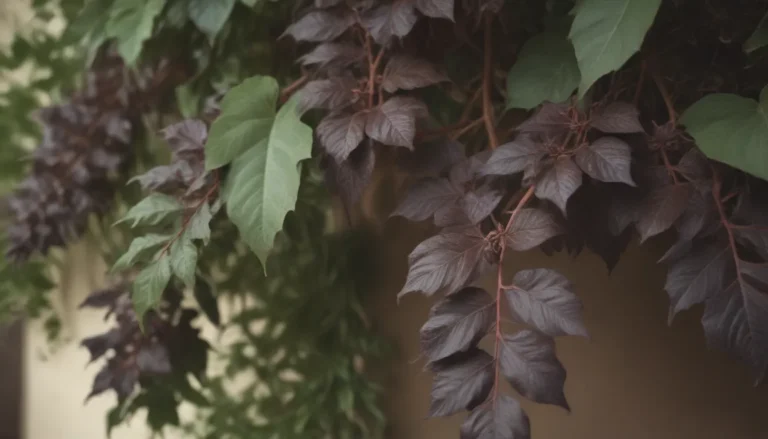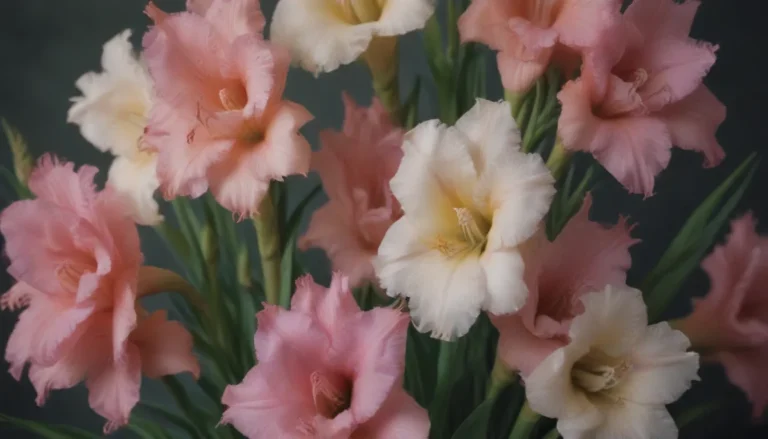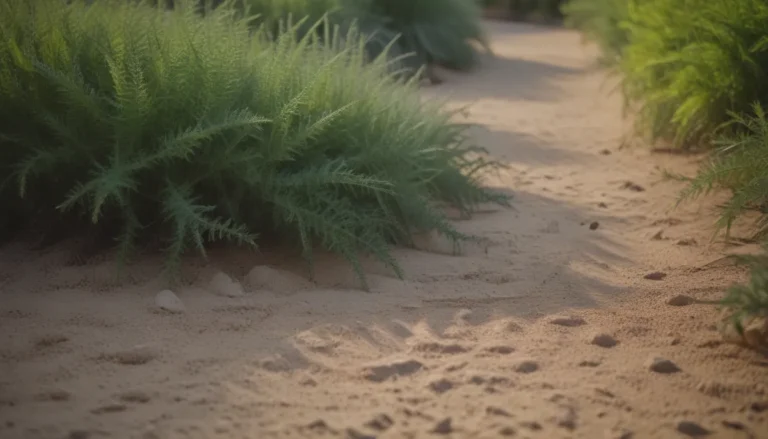A Complete Guide to Growing and Caring for Mountain Laurel
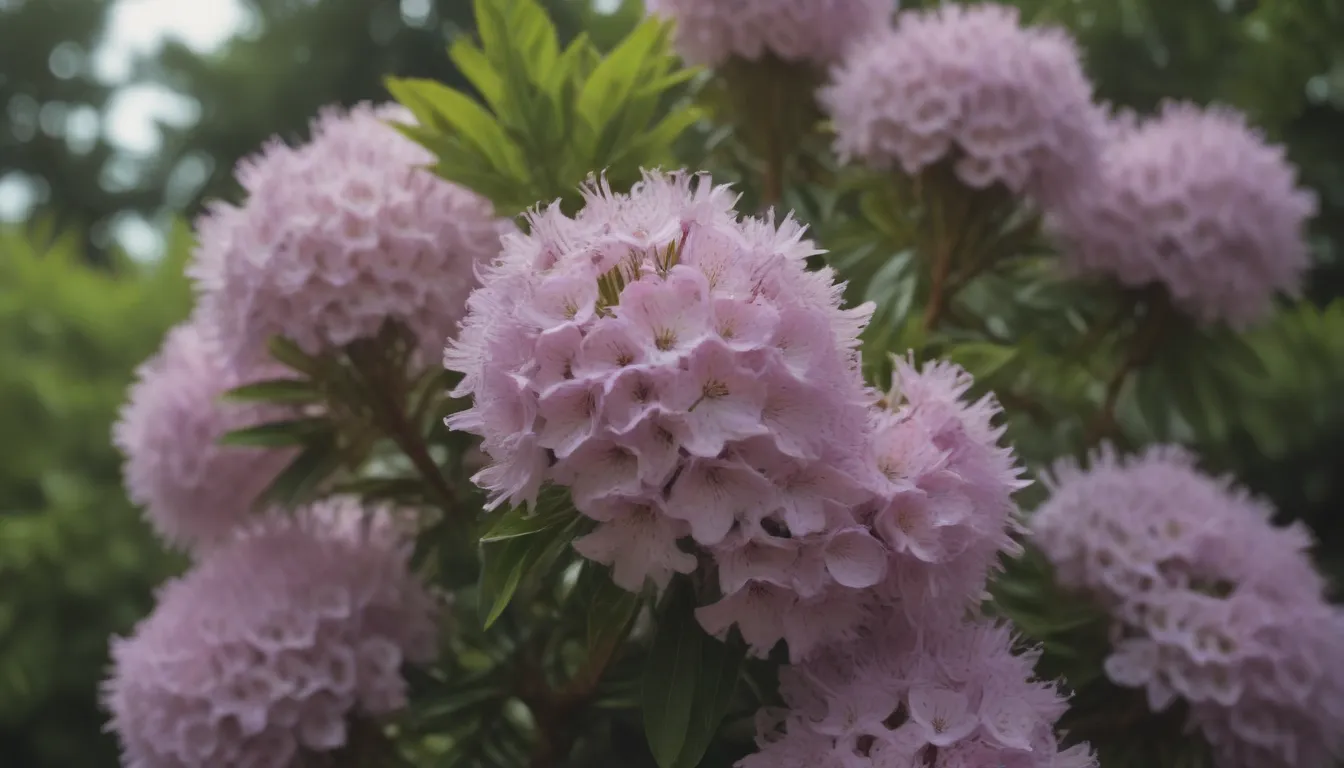
Are you looking to add a beautiful, shade-loving shrub to your garden? Mountain laurel (Kalmia latifolia) could be just what you need. With its stunning spring blooms and glossy green leaves, this gnarled shrub is a great addition to any landscape. In this comprehensive guide, we will delve into everything you need to know to successfully grow and care for mountain laurel.
What is Mountain Laurel?
Mountain laurel is a flowering broadleaf evergreen shrub native to the eastern United States. It is known for its striking clusters of rose, pink, or white flowers with purple markings that bloom in late May to early June. The plant’s elliptical, glossy leaves and multi-stemmed growth habit make it an attractive choice for shady areas in your garden. While it may be slow-growing, mountain laurel adds about one foot per year, creating a dense and round shape.
Mountain Laurel Care Guide
Taking care of mountain laurel involves paying attention to its light, soil, water, temperature, and humidity requirements. Here are the main care guidelines you should follow to ensure your mountain laurel thrives:
Light
- Mountain laurel thrives in part shade but can tolerate full sun. Avoid deep shade as it may reduce flowering and cause leaf spots.
- If the leaves turn yellowish in full sun, consider providing some shade for the plant.
Soil
- Mountain laurel prefers cool, moist, well-drained, acidic soil with a pH of 5.0 to 5.5.
- Avoid planting in heavy clay soils. Consider raised berms or planters with well-draining soil mixes.
Water
- Newly planted mountain laurel should be watered every three to four days for the first few weeks.
- Once established, water once a week during the first growing season and every two to three weeks in spring and weekly in summer.
- Ensure the soil is moist but not soggy. Water deeply until the soil is moist to the touch.
Temperature and Humidity
- Mountain laurel does well in warm weather with shaded soil. Avoid high temperatures and dense humidity.
- Some cultivars are more tolerant of these conditions.
Fertilizer
- Feed mountain laurel with an acid fertilizer in spring to encourage blooming.
- Follow the instructions on the fertilizer label for the proper amount.
Pruning
- Mountain laurel requires minimal pruning. Remove dead or broken branches any time.
- Shape pruning can be done in spring after blooming. Deadhead spent flower clusters.
- If the shrub becomes too tall or unruly, cut it back almost to ground level to rejuvenate.
Propagating
- Propagate mountain laurel by rooting stem cuttings, which can take up to six months.
- Follow proper propagation techniques for successful results.
Types of Mountain Laurel
- Mountain laurel cultivars offer various color options, with some reaching heights of three to six feet.
- Popular cultivars include ‘Elf’, ‘Minuet’, ‘Olympic Fire’, ‘Peppermint’, ‘Firecracker’, and ‘Sarah’.
Common Pests & Plant Diseases
- Mountain laurel is susceptible to leaf spots, blights, borers, scale, whiteflies, and lace bugs.
- Plant in partly shady areas to prevent root rot in heavy soils.
- Be cautious as all parts of the plant are toxic to humans and pets.
Mountain Laurel – A Year-Round Pleaser
Mountain laurel is a visually pleasing plant year-round, with dark green foliage that remains vibrant even in winter. Its toxic nature makes it essential to plant away from pets and children. Consider adding mountain laurel to your garden for a touch of beauty that lasts all year long.
Conclusion
Mountain laurel is a stunning addition to any garden, with its beautiful blooms and glossy leaves. By following the care guidelines outlined in this article, you can ensure that your mountain laurel thrives and adds beauty to your landscape year-round. Remember to plant in the right light conditions, provide adequate water and nutrients, and watch out for common pests and diseases. With proper care, your mountain laurel will reward you with its beauty for years to come.
Reference:
– Mountain Laurel. North Carolina State University Extension.
